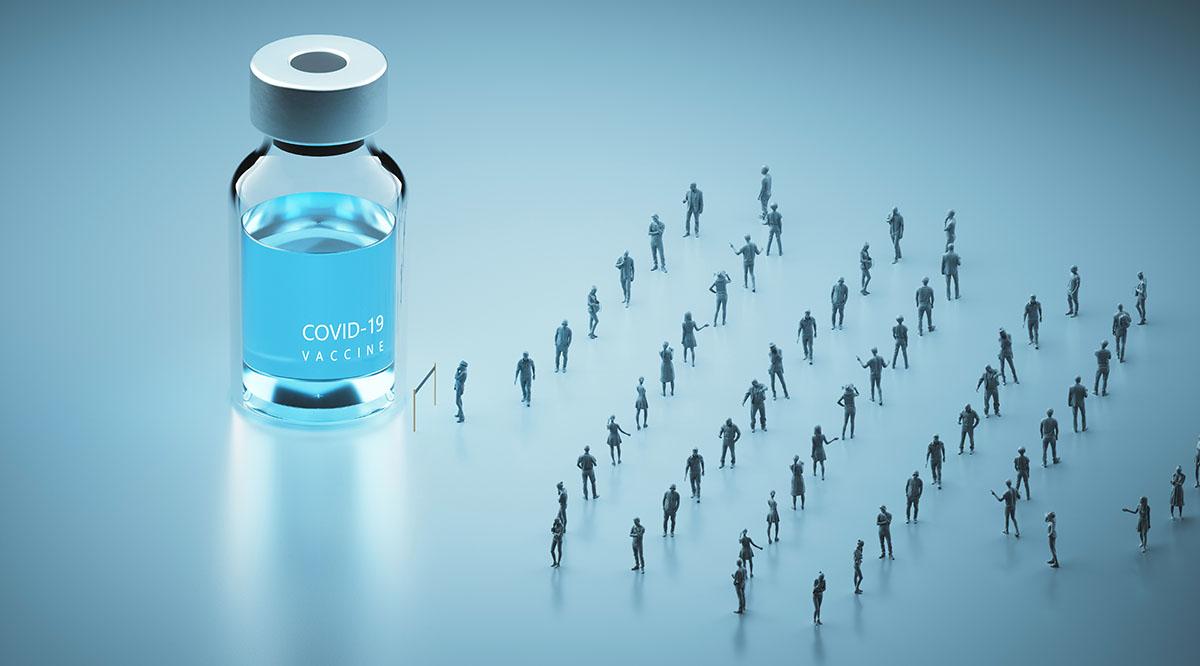
But until then, I will wait.īecause, as Benjamin said, “Every vaccine that doesn't go to someone with diabetes, asthma or any pre-existing condition of vulnerability represents an opportunity for the pandemic to intensify its devastation."Īre there exceptions to this idea of “waiting your turn”? Definitely. When it’s my turn, and if my being a journalist qualifies me to be ahead of any group as a result of my age and health, it may make sense for me to take it because the highest-risk groups ahead of me will have had theirs. Just like there are food deserts and Covid-19 testing deserts, there are also vaccine deserts. New York state, for instance, uses a largely online appointment system to get vaccinated in spots that have deliberately been placed among vulnerable populations. Things as simple as online portals, where new appointments become available at midnight or at 6 a.m., are a challenge for people who don’t have internet at home.

Just like there are food deserts and Covid-19 testing deserts, there are also vaccine deserts in which eligible people - often poor people and people of color - are having difficulty accessing vaccinations either because the vaccination centers are too far, are tough to get to or have systems in place that make it difficult to navigate and sign up. The Centers for Disease Control and Prevention reports that Black, Hispanic and Native American people are hospitalized from Covid-19 at 3 to 4 times the rate that white people are.

Analysis of vaccinations in 17 states and two cities by the Associated Press shows that Black people are getting inoculated at levels well below their representation in the population, despite contracting Covid-19, and dying from it, at levels much higher.


 0 kommentar(er)
0 kommentar(er)
